
Prior data from the STRESS-LUNG-1 trial introduced emotional distress as a “psycho-biomarker” for immunotherapy efficacy in non–small cell lung cancer.

Your AI-Trained Oncology Knowledge Connection!


Prior data from the STRESS-LUNG-1 trial introduced emotional distress as a “psycho-biomarker” for immunotherapy efficacy in non–small cell lung cancer.

Dordaviprone was recommended at a dose of 625 mg orally once weekly for adults, and the recommended dosage is based on body weight for pediatric patients.

A systematic review of 8 randomized trials showed that anti-CD38 monoclonal antibodies did not improve overall survival in high-risk subgroups.
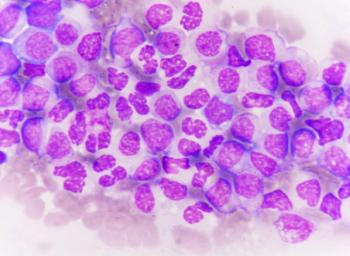
No minimal residual disease-negativity was observed with tuspetinib in patients with AML, including in a patient with more than 7 months of follow-up data.
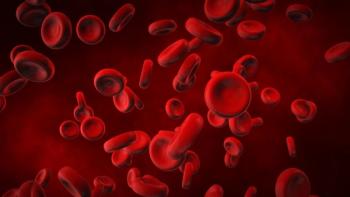
Phase 3 findings may contribute to the selection of triplet or quadruplet therapies in newly diagnosed multiple myeloma via frailty-based assessments.
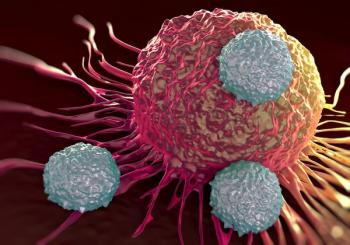
The EC decision is based on phase 3 DeFi trial results, in which nirogacestat met the primary end point of PFS in patients with progressing desmoid tumors.
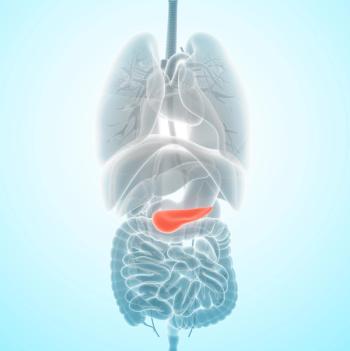
Phase 1 data may support continued research of amphiphile lymph node–targeted immunotherapy in solid tumors.

Extended follow-up for individuals with H3K27M-mutated diffuse midline glioma may help explain the duration of response across patient subgroups.
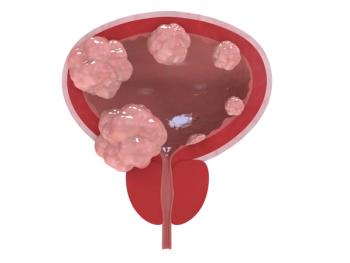
Patients with muscle-invasive bladder cancer with a positive Signatera test displayed a significant improvement in disease-free and overall survival.

Daniel C. McFarland, DO; and Michelle Fingeret, PhD, discuss the issue of body image in patients with cancer.

Outcomes favoring robotic surgery for CRC may be influenced by patient selection factors, including clinical stability.
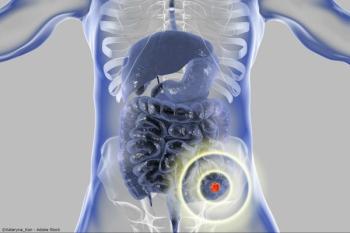
Data suggest that sotorasib plus panitumumab may represent a valuable new treatment option in this KRAS G12C–mutated colorectal cancer population.

Geraldine O’Sullivan Coyne, MD, PhD, MRCPI, described the excitement of seeing novel molecules such as antibody-drug conjugates become more prominent.

Results from a retrospective study showed that chemoimmunotherapy did not prolong survival vs chemotherapy in a younger ES-SCLC population.

Findings from the KRYSTAL-12 trial support adagrasib as a treatment option for those with disease progression on prior chemotherapy and immunotherapy.

Ronald Bleday, MD, credits a chronic pain clinic for consulting patients who may be at a greater risk for prolonged opioid use following surgery.
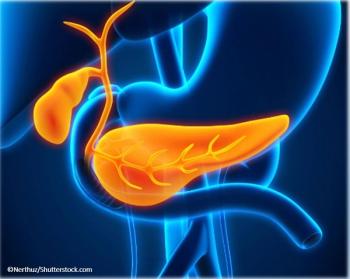
Results from the SunRISe-1 trial showed that TAR-200 monotherapy achieved a complete response rate of 82.4% in patients with BCG-unresponsive NMIBC.

Results from the phase 3 KEYNOTE-689 trial supported the agency’s approval of the pembrolizumab/surgery regimen in PD-L1–positive head and neck cancer.
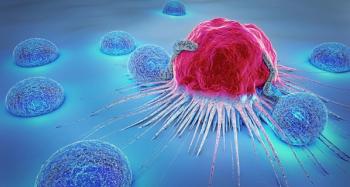
An update of phase 1 data from the CTMX-2051-101 study is expected to be available by the first quarter of 2026.

The primary end points of the EPCORE FL-1 trial were met while assessing an epcoritamab-based combination for patients with R/R follicular lymphoma.

Patients with extensive-stage small cell lung cancer experienced a median PFS and OS of 4.5 months and 7.2 months, respectively, with anlotinib plus irinotecan.

Oncology Decoded provides the current management of metastatic bladder cancer, recent advancements in systemic therapy, patient selection, and AE mitigation.

Tran Ho, DO, FSSO, FACS, discussed how she found her passion in breast surgical oncology and how her mentors helped her achieve success.

Geraldine O’Sullivan Coyne, MD, MRCPI, PhD, shares how a new position presents a “good opportunity” to improve community-based clinical trial access.

The latest in first- and second-line therapies for bladder cancer, including trial data, AE management, and the role of molecular testing, were discussed in the latest Oncology Decoded podcast.
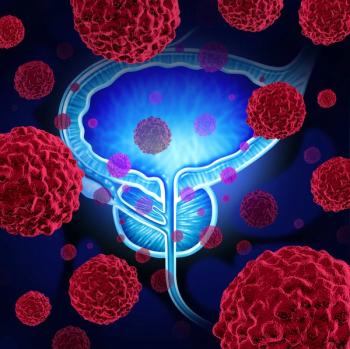
Developers are enrolling those with metastatic castration-resistant prostate cancer on a phase 1/2 trial to assess the safety and tolerability of HLD-0915.

The development of nonnarcotic pain medication after GI surgery may help relieve chronic pain without the risk of opioid dependence.

Ronald Bleday, MD, stated that before standardizing a stepwise approach to treating surgical pain, providers might have overtreated patients with opioids.

FLEX study findings show that the MammaPrint Index was predictive of 5-year DRFI for endocrine therapy with or without chemotherapy in early breast cancer.

Additional research on novel targeted therapies may be necessary to address the unmet needs in this high-grade serous ovarian cancer population.